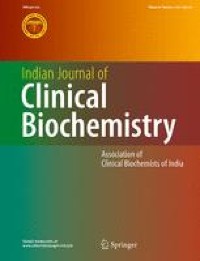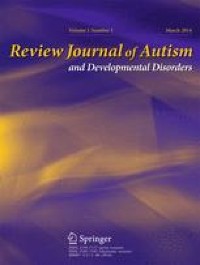Abstract
Aim
To assess platelet-rich fibrin (PRF) with ascorbic acid (AA) versus PRF in intra-osseous defects of stage-III periodontitis patients.
Methodology
Twenty stage-III/grade C periodontitis patients, with ≥ 3 mm intra-osseous defects, were randomized into test (open flap debridement (OFD)+AA/PRF; n = 10) and control (OFD+PRF; n = 10). Clinical attachment level (CAL; primary outcome), probing pocket depth (PPD), gingival recession depth (RD), full-mouth bleeding scores (FMBS), full-mouth plaque scores (FMPS), radiographic linear defect depth (RLDD) and radiographic defect bone density (RDBD) (secondary-outcomes) were examined at baseline, 3 and 6 months post-surgically.
Results
OFD+AA/PRF and OFD+PRF demonstrated significant intragroup CAL gain and PPD reduction at 3 and 6 months (p < 0.001). OFD+AA/PRF and OFD+PRF showed no differences regarding FMBS or FMPS (p > 0.05). OFD+AA/PRF demonstrated significant RD reduction of 0.90 ± 0.50 mm and 0.80 ± 0.71 mm at 3 and 6 months, while OFD+PRF showed RD reduction of 0.10 ± 0.77 mm at 3 months, with an RD-increase of 0.20 ± 0.82 mm at 6 months (p < 0.05). OFD+AA/PRF and OFD+PRF demonstrated significant RLDD reduction (2.29 ± 0.61 mm and 1.63 ± 0.46 mm; p < 0.05) and RDBD-increase (14.61 ± 5.39% and 12.58 ± 5.03%; p > 0.05). Stepwise linear regression analysis showed that baseline RLDD and FMBS at 6 months were significant predictors of CAL reduction (p < 0.001).
Conclusions
OFD+PRF with/without AA significantly improved periodontal parameters 6 months post-surgically. Augmenting PRF with AA additionally enhanced gingival tissue gain and radiographic defect fill.
Clinical relevance
PRF, with or without AA, could significantly improve periodontal parameters. Supplementing PRF with AA could additionally augment radiographic linear defect fill and reduce gingival recession depth.







